
The Sri Lanka Spurfowl is one of three species in the genus Galloperdix, which – while it sounds like a minor character in an Asterix cartoon – really is a combination of the words gallus (fowl) and perdix (partridge).

The full scientific name is Galloperdix bicalcarata, with the species name bicalcarata indicating that the species is double-spurred, which this photo confirms.

It is a Sri Lankan endemic that can be conveniently seen and photographed from the veranda of Martin’s Lodge at the Sinharaja Forest Reserve: The male …

… female …

… and chick.

I only found two scientific papers specifically focusing on the Sri Lanka Spurfowl. One discusses “The configuration of the tail of the Sri Lanka Spurfowl“.

It is interesting not so much for the specifics but in describing a general phenomenon – incorrect illustrations of rarely seen birds. In illustrations of the spurfowl, the tail of the Sri Lankan Spurfowl is usually shown as neatly folded. However, the paper argues and shows that in reality, it is fanned out, something my photos confirm.

The second paper claims that “the use of remotely triggered cameras for studies of bird ecology is uncommon”, which comes as a surprise to me and the producers of remote wildlife cameras.

The recordings taken show that the spurfowl is the species equivalent of a morning person (peak activity was between 7 and 11 am).

As for habitat, the Sri Lanka Spurfowl prefers densely forested areas with a thick canopy. These areas have substantial litter cover and depth and thus attract the spurfowl’s prey.

For a long paper on peacock-pheasants and spurfowls, see here. Referring to the spurfowl, the paper ascribes some of its appeal to the “surreal landscapes of its island home” – however, this specific aspect is not quite so compelling when sitting on a veranda drinking coffee and watching the bird a few meters below.





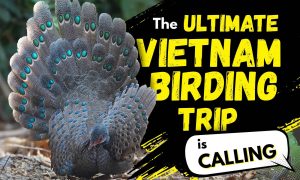
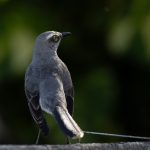


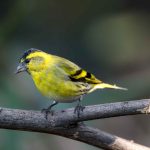

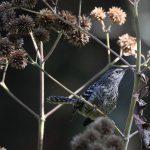
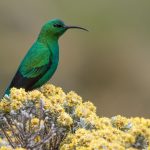
A very photogenic bird indeed, lovely pictures. Slogging through a forest is over-rated, so much better to enjoy birds while sipping a beverage of one’s choice…
I know what you think, Peter: Why coffee, not beer? My only excuse is it was 8 am in the morning. “Kein Bier vor vier”, as the old punk slogan goes.
Ideally spurfowl appear after 4 pm, of course